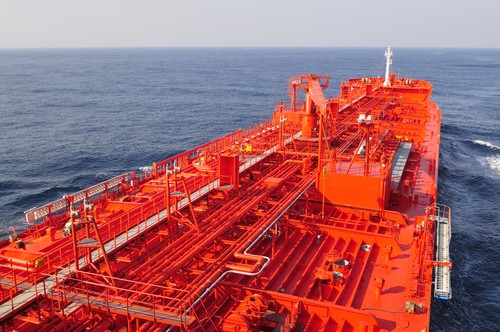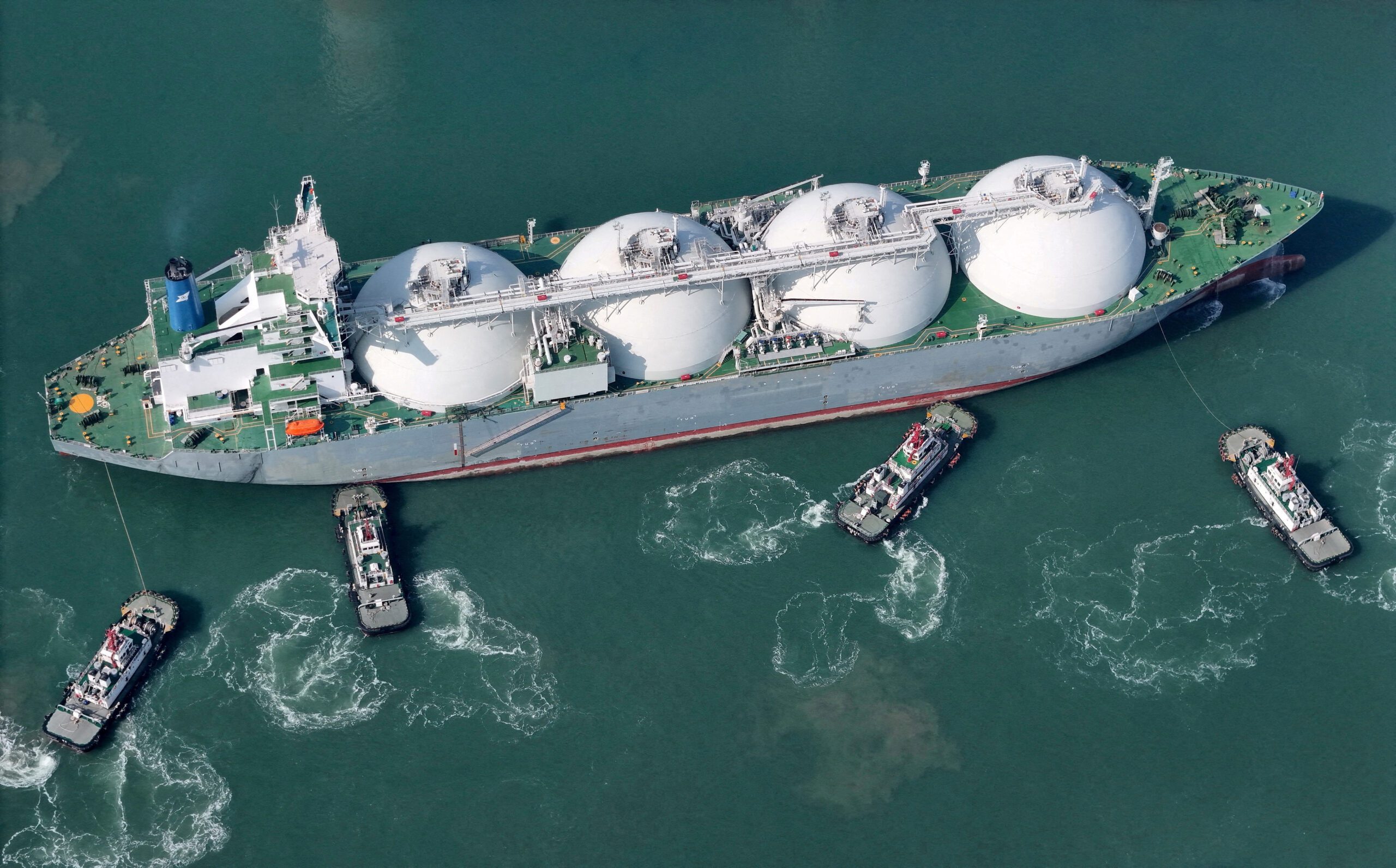(Bloomberg) — Charter rates rose for the largest tankers hauling Middle East oil to Asia on the industry’s busiest trade route as the supply of vessels remained stable.
Hire costs for very large crude carriers on the benchmark Saudi Arabia-to-Japan voyage gained 0.6 percent to 35.92 industry-standard Worldscale points, figures from the London- based Baltic Exchange showed today.
The supply of VLCCs available over the next four weeks was unchanged at 83, Marex Spectron Group said in an e-mailed report. That compares with 87 vessels at the start of the month, its data showed. Still, the global VLCC fleet will expand 6.7 percent this year, about double demand growth of 3.4 percent, according to Clarkson Research Services Ltd., a division of the world’s largest shipbroker.
“Rates will remain where they are,” Kevin Sy, a Singapore-based freight-derivatives broker at Marex, said in an e-mailed report. “With the current program slightly ahead of last month’s pace, a rush of fixings wasn’t expected.”
VLCCs are losing $1,799 daily on the benchmark voyage, compared with $2,023 on Nov. 2, according to the exchange. The ships, each able to hold 2 million barrels of crude, earned money in only four sessions so far in the second half.
The exchange’s assessments don’t reflect speed cuts aimed at curbing use of ship fuel, or bunkers, the industry’s biggest expense. The price of fuel slid 1 percent to $615.13 a metric ton, the lowest level since July 26, according to figures compiled by Bloomberg from 25 ports.
The Worldscale system is a method for pricing oil cargoes on thousands of trade routes. Each individual voyage’s flat rate, expressed in dollars a ton, is set once a year. Today’s level means hire costs on the benchmark route are 35.92 percent of the nominal Worldscale rate for that voyage.
The Baltic Dirty Tanker Index, a broader measure of oil- shipping costs that includes vessels smaller than VLCCs, slid 1.2 percent to 659. The drop was the biggest in three months and the seventh in eight sessions.
-By Rob Sheridan. Copyright 2012 Bloomberg.

 Join The Club
Join The Club











